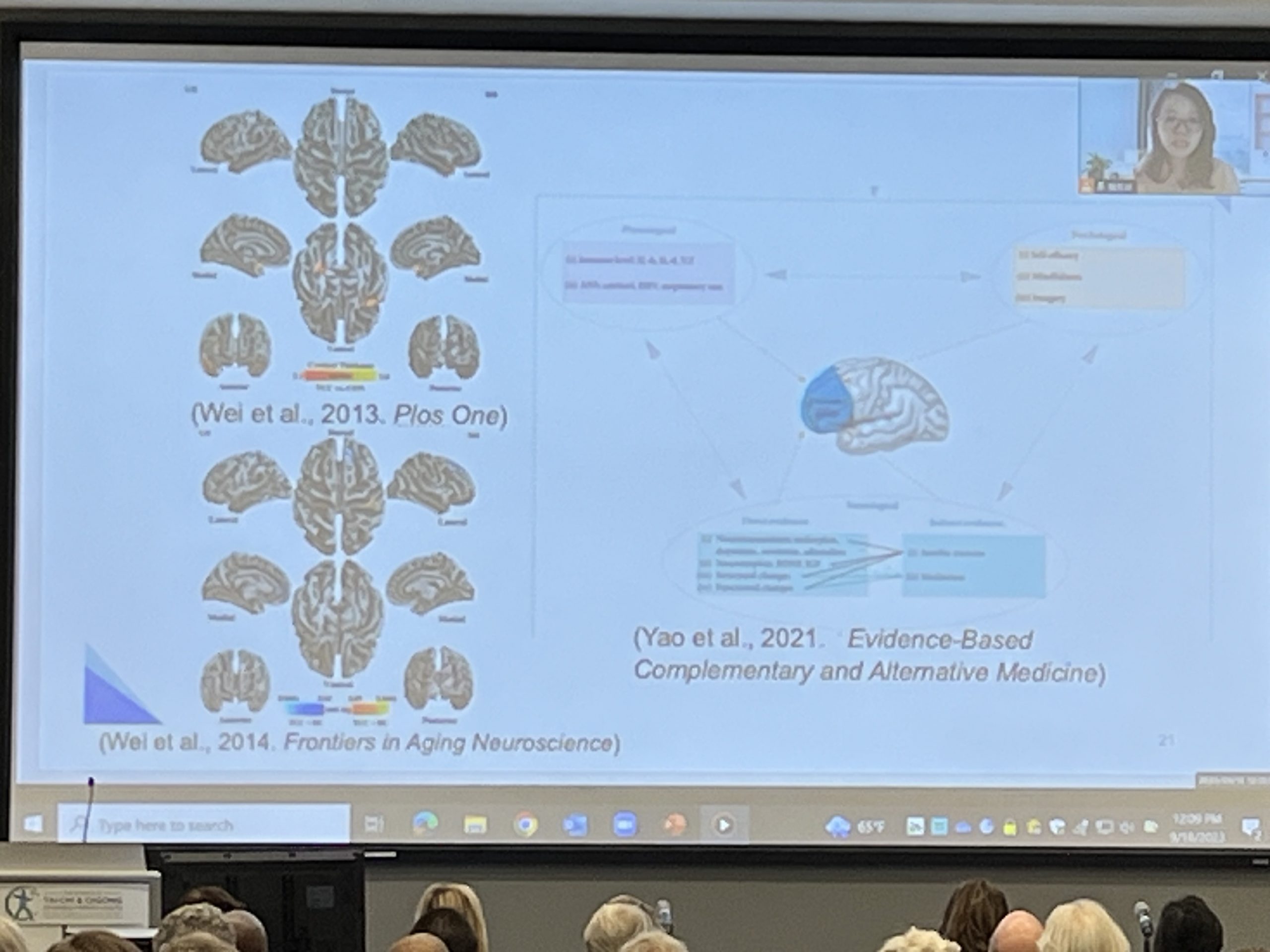Flow State & Chronic Pain
2024-02-27
There is a reason that we discuss chronic pain so much here, 1 in 5 people in the US have chronic pain. That’s A LOT and the issues can trickle down into a host of other health issues such as obesity, depression, and developing many diseases because of it. So, if we have an opportunity to help people deal, not necessarily always fix, their chronic pain, the impact we can have is bigger than most can imagine.
Unfortunately, as prevalent as chronic pain is, fitness doesn’t really understand chronic pain very well. This isn’t an insult, most of the healthcare industry has a relatively poor understanding of chronic pain as Dr. Haider Warraich, a Brigham and Women’s Hospital physician and assistant professor at Harvard Medical School explains…
“Almost everything we know about pain and how we treat it is wrong. Both patients and physicians have been taught that chronic pain is essentially acute pain prolonged. But while acute pain rises up the spinal cord to the brain, chronic pain can often descend down from the brain, often without any trigger from below.

Research I got to learn about while attending the Harvard Medical School symposium on whole person health.
The fallacy that treatments for acute pain will work for chronic pain has, in part, led to the opioid epidemic and prevented people from treatments that might have given more relief.
Western medicine has tried to constrain pain to strictly physical sensations, based on the tools it has to address those. But pain is not purely physical.”
That is why we largely created our Myofascial Integrated Movement (MIM) program, my own struggles with chronic pain from a childhood disease left me searching through SO many options to manage my chronic pain. Most only help mildly and only for a very limited time frame. I kept searching and searching and as Dr. Warraich explains again, my search led me to a very similar conclusion…
“An interdisciplinary approach provides patients with access to different options, including cognitive therapy, acceptance and commitment therapy, exercise, physical rehab and even hypnosis. Particularly effective is pain reprocessing therapy. Developed specifically for people in chronic pain, it helps to defang pain’s fear component.
The evidence supporting the effectiveness of alternative treatments like these is often more compelling than for many of the common procedures and prescriptions that we typically provide our patients.”
Realizing it wasn’t going to be ONE thing that would help me and that I had the responsibility to manage most of my symptoms was actually empowering. When you put your whole hope into one thing and that thing doesn’t pan out like you had hoped then you can become increasingly more frustrated. However, what does that look like for your training?
We’ve been outlining a lot of ideas this week with the release of our new Myofascial Integrated Movement Shoulder Program. The idea of mindfulness, deep breathing, myofascial stretching, stability, and balance training all are important concepts that are represented in MIM. However, there is also one more that makes the program effective and unique in the fitness industry, that is the focus on the flow state.

What is flow state? According to Psychology Today, flow state is, “Flow is a cognitive state where one is completely immersed in an activity—from painting and writing to prayer and surfboarding. It involves intense focus, creative engagement, and the loss of awareness of time and self.”
How does this all relate to chronic pain? According to the U.S. Pain Foundation, flow state helps by…” Flow can provide routine opportunities for those individuals to activate physiological responses in their body that result in deep relaxation, a sense of security and calm, and focus outside of the immediate pain or anxiety they may be experiencing.”
View this post on Instagram
There are lots of activities that can lead to a flow state like music, gardening, cooking, learning, and much more. However, many people also connect with flow state through movement. This is especially true of mind-body practices like we share in MIM, even research has shown those who know little to nothing about the concepts of flow state find such practices putting them into flow…” all the interviewee described the characteristics of ow experience in the other six dimensions, especially for the dimension of ” autotelic experience “.
What coach Cory Cripe shows are examples of how we build into our flow state while also working on increasing the movement of connective tissue, core stability, stress management, balance training, and more. When we can accomplish more with one activity it makes the ability to positively impact people’s health, especially with tough issues like chronic pain, much more accessible.
Today is the LAST day to sign-up for physical therapist, Jessica Bento’s Coach’s Corner Knee Pain program. Check it out as we start tomorrow HERE
View this post on Instagram
© 2025 Ultimate Sandbag Training. Site by Jennifer Web Design.







